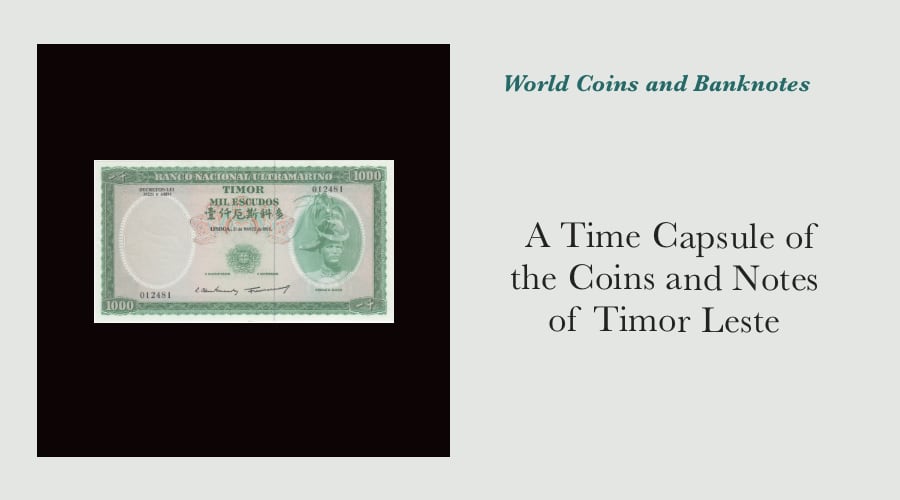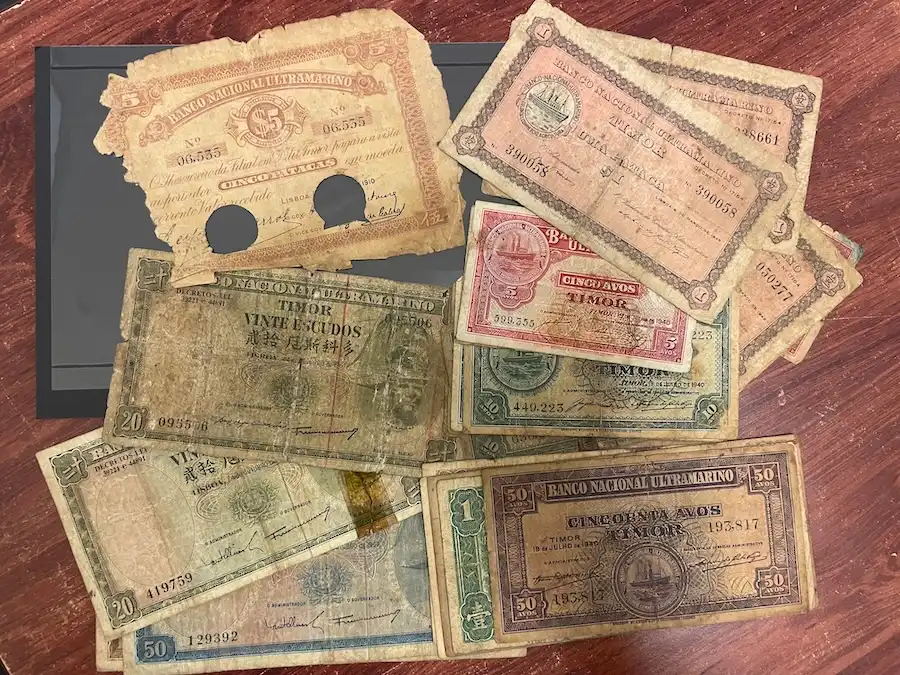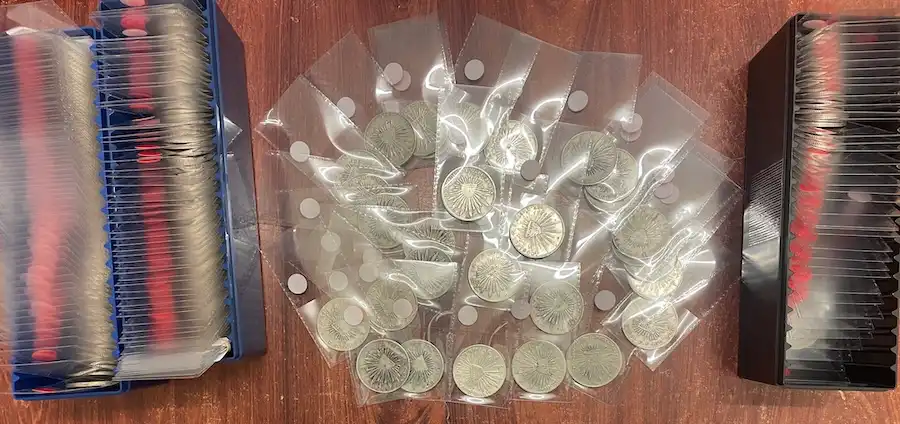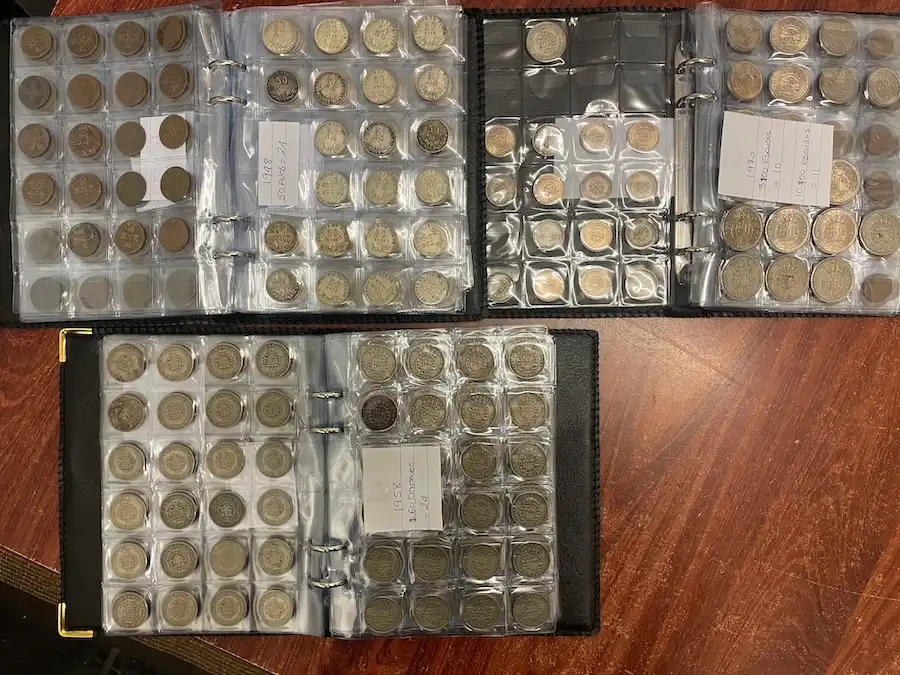A Time Capsule of the Coins and Notes of Timor Leste

One of the privileges of being a dealer in rare coins and notes is that we often help people turn a lifetime of collecting back into ready funds they can either use themselves or distribute to their family. When circumstances dictate that the sale be brought forward much earlier than the owner might like, I'm reminded of a line from Margaret Atwood’s novel The Year of the Flood that reads: “Why now? is the cry. Why so soon? It’s the cry of a child being called home at dusk, it’s the universal protest against Time.”
Sometimes though, the sale of a collection is undertaken in a proactive way, with pride and in good time. We recently handled the sale of a collection that had been built and held by a family for 3 generations. In and of itself, that wasn't a particularly exceptional aspect of the transaction - we regularly handle collections that include items accumulated by a grandfather, father and son. This particular collection was not only built had held across 3 generations, but it consisted entirely of coins and notes from what is now East Timor, and had been brought to Australia by a Portuguese-Timorese family escaping the Indonesian invasion.

Portuguese Colonial Notes of Timor
Not That Much Further Than Tasmania and Closer than New Zealand
Papua New Guinea is Australia's closest foreign neighbour (it sits anywhere between 4 and 150km away), and Timor Leste is our second-closest - it is around 480 - 650km away from Darwin. By comparison, Tasmania is around 240km from the Australian mainland, so it is not that far away at all.
Back when Australia switched from pounds, shillings and pence to the decimal system in 1966, it was quite normal for advanced collectors to move on to date sets of coins from New Zealand or Fiji once they'd completed their sets of circulated Australian coins. Now, New Zealand is more than 2,000km from Australia, and Fiji is even further at 2,700km.
The geographical proximity of Timor Leste to Australia and our national playground of Bali makes it a compelling location to me, particularly when I consider the service some of my mates undertook in Timor Leste from 1999. The very recent accession of Timor Leste to membership of ASEAN, as well as the seemingly questionable positions the Australian government has had toward the independence of Timor Leste since the region's abundant oil and has reserves became apparent in the 1970s.

Portuguese Colonial Notes of Timor
Compelling Social, Economic and Political History
The social history of the Timorese is something else - it was declared a Portuguese colony from 1702; it was occupied by the Japanese during WWII; it obtained independence from Portugal in 1975, and was invaded by Indonesia not long after that. It obtained independence from Indonesia in 1999 and has worked hard for economic sovereignty since then.
The family we bought the collection from said their family had sandalwood and coffee plantations, and that wealth was stored in the form of the silver "patacas", known to numismatists as the silver "Cap and Rays" 8 reales coins from Mexico. Their collection was comprised of banknotes issued under Portuguese Timor between 1910 and 1968; coins issued under Portuguese Timor between 1945 and 1970, as well as a large number of the silver patacas - "Cap and Rays" 8 reales coins from Mexico.
Sadly, although the wide range of patacas includes many that have modest chopmarks on them, none of them were the rare and desirable "Cross of Christ" countermark. When I was examining the coins, I described the countermark to the family. One of them said he knew they were scarce, but that none of them were included. He did say he'd seen many of them in the past - he went to Europe for university in the 1970s and a mate of his had taken some to sell to fund their time there.

Silver Patacas of East Timor
Another story that emerged during our time together was that the matriarch of the family was left behind by the men at the plantation during WWII when they went off to fight the Japanese. Her task was to supervise the family's exit from the plantation before the Japanese invaded, and while she had made sure the family's wealth of silver patacas (stored in a number of kerosene tins) was buried beneath the foundations of the family home, when they returned to the plantation after the Japanese were defeated, the homestead had been destroyed and the kerosene tins with their patacas were nowhere to be seen. That woman survived the rebellion of the early 1900s, the Second World War and also the civil war and Indonesian invasion of 1975, which I thought was an incredible story.

Silver and Copper Coins of Portuguese Timor
Inter-Generational Wealth Stored In Silver Coins
"Hoards", accumulations or curated collections of coins and notes like this can capture something about social history that isn't apparent until years later, so we're currently in the process of photographing and cataloguing the exact composition of the collection before it is offered for sale.
Once that work is complete, we'll publish an article describing the range of the "patacas" - the date, mintmark and condition of each coin, as well as listing any chopmarks that are visible.
For mine, the coins and currency of Timor-Leste is an intriguing area to get into for Australian collectors. The coins and notes both look to include a manageable number of items that are mostly quite affordable. They're challenging enough that acquiring them will demand some research, education and diligent hunting. Timor-Leste's formal admission to ASEAN just last week has been widely heralded as a historic step forward in "... Timor-Leste's regional integration and economic development."
According to the International Monetary Fund (IMF), Timor-Leste’s annual GDP per capita is currently around US$1,510. The same source states that neighbouring Indonesia has an annual GDP per capita of US$4,925, while Malaysia is around US$12,000. If the government of Timor-Leste can reach even levels comparable to Indonesia and Vietnam, it will be much more difficult and expensive to build a collection of Timorese coins and currency than it already is.